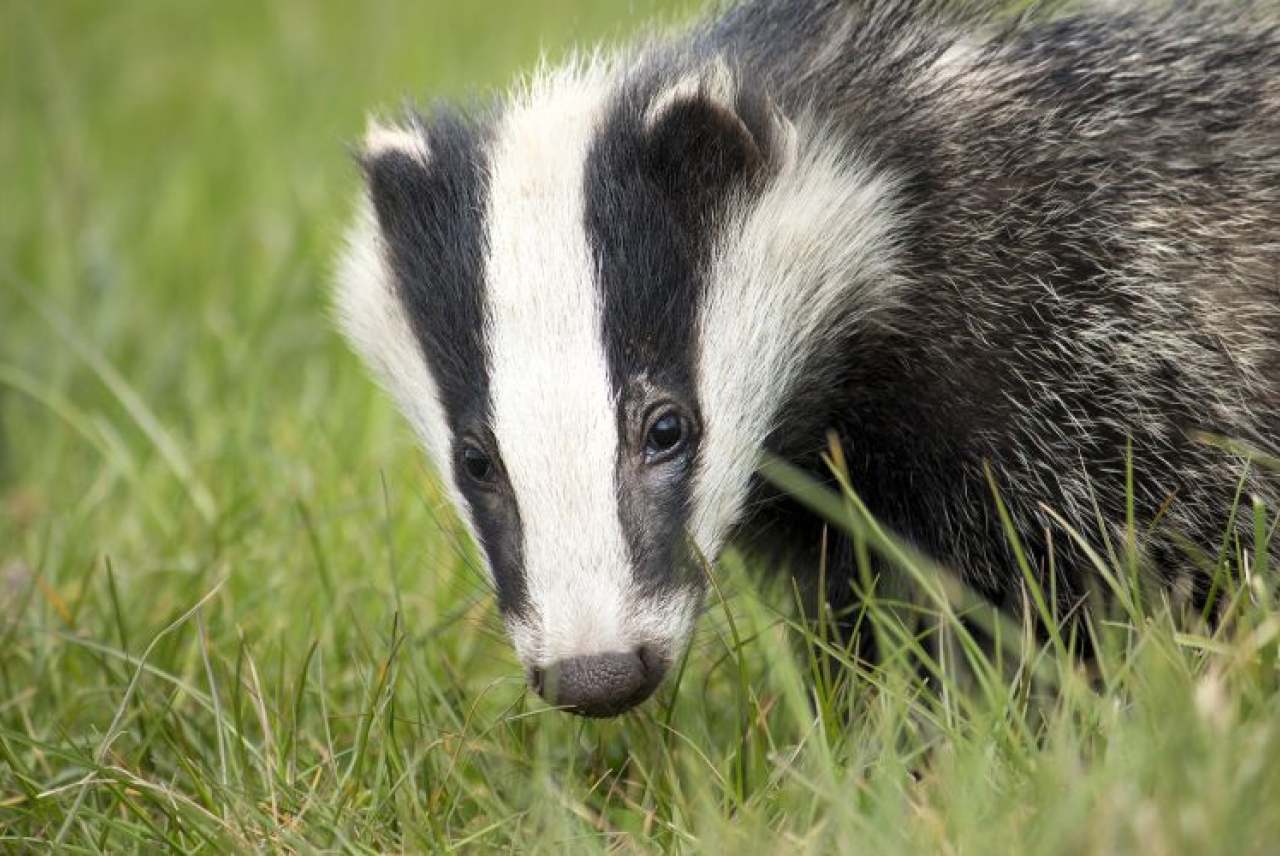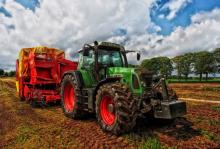Where next for campaigning against the badger cull?
Facing a threat of legal action from the Red Tractor Scheme, Ethical Consumer was persuaded to drop its ‘Cartoons against the cull’ crowdfunder in June 2018. Rob Harrison explains what happened and explores options for future campaigning.
The badger cull tends to begin in England each year around mid August, once harvests are in. Last year it ran for over three months, until any surviving badgers began hibernation. Without any attempt to produce figures on the effectiveness of the program at combating TB in cattle, the government announced in May this year that the cull was likely to be extended from the current 21 zones to ‘most of England’. And, as if to goad campaigners further, they offered a bounty of £50 per badger eliminated. Last year 19,724 badgers were killed in the cull.
The demise of wild animals...
Also in April this year, a group of scientists published research which assessed the comparative weight of all living organisms on our planet. Amongst the many fascinating results was the insight that of all mammals on the planet, 60% by weight were livestock, 36% humans and just 4% were wild animals.
And the direction of travel for wild animals does not look good either, with half being lost in the last 50 years. Badgers are the third largest land mammal type by weight still hanging on the UK, after deer and re-introduced wild boar. Their population was estimated to be around 485,000 in 2017.
...and the rise of economic efficiency
All the other living organisms, which are not humans or livestock, can be an annoyance to food producers. Insects and fungi can damage crops, and wildlife can damage productive areas and domestic animals. During the twentieth and twenty-first centuries economic efficiency has become prioritised over all other values, with some campaigners, like the organic movement, fighting a rearguard action.
To some degree a truce has been agreed, whereby farmers will be compensated by everyone else for putting up with some annoyance from the few species that remain (e.g. set aside and environmental grants). Populations of wolves are protected in France, and farmers are compensated for livestock killed, and similar programs exist in Kenya for livestock killed by lions.
In the UK farmers are already compensated for livestock killed as part of the TB control program, but an eradication program now appears to have grown up in parallel to this on the flimsiest of scientific evidence. Is it any wonder that conservationists feel cheated?
Boycotts and the badger cull
In 2013 Ethical Consumer, alongside other badger groups, tried to organise a boycott of milk from within the first two cull zones. However, it soon became clear that any producers and retailers offering support were quickly coming under intense pressure to backtrack, the organic movement refused to take sides, and in the end no clearly cull-free options could be found. Since then other campaign groups have been opposing the cull in a variety of complimentary ways, such as legal challenges and direct action. But the cull zones are still expanding.
Boycotts are a good tool when useful dialogue appears to have come to an end. They are a blunt instrument and often only used as a last resort, but it would appear to be logical for opponents of the cull to be able to avoid the produce of farmers who are supporting or engaged in it. However, unfortunately details of the cull zones are kept secret by the government.
This appears to leave campaigning consumers with little alternative but to boycott the produce of all English cattle farmers, or at least those not publicly distancing themselves from the cull. The vegan campaign group Viva have been running a ‘dump dairy save the badger’ boycott campaign since 2011.
With 91% in our survey supporting the idea of a boycott, Ethical Consumer has decided to take this forward as a general call: do not buy English dairy produce during the badger cull. We will be announcing this as a campaign soon in our email newsletter and via social media, and working with other groups to raise its profile.
With a UK population of 485,000, badgers are not on any endangered species lists yet. But with 20,000 killed in 2017 and with the cull areas potentially doubling in 2018, we might expect to lose another 40,000 this year. As mentioned above, the direction of travel for non-human animals does not look good, and time is running out for the badgers if we cannot find a better solution for everyone.

